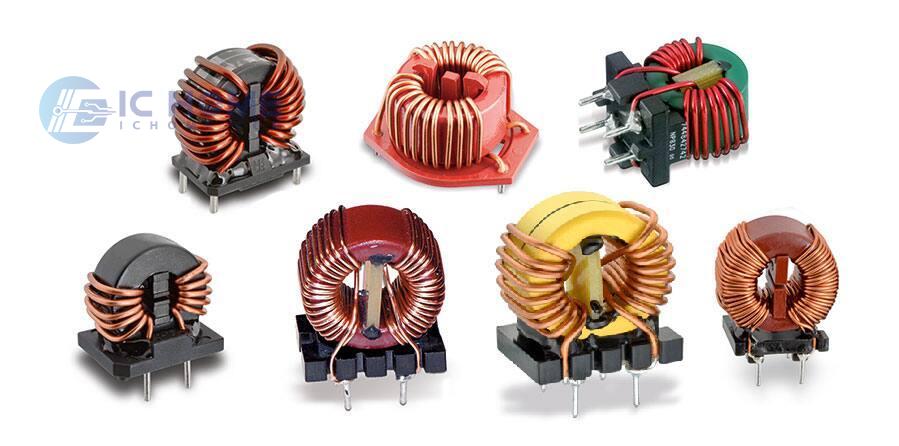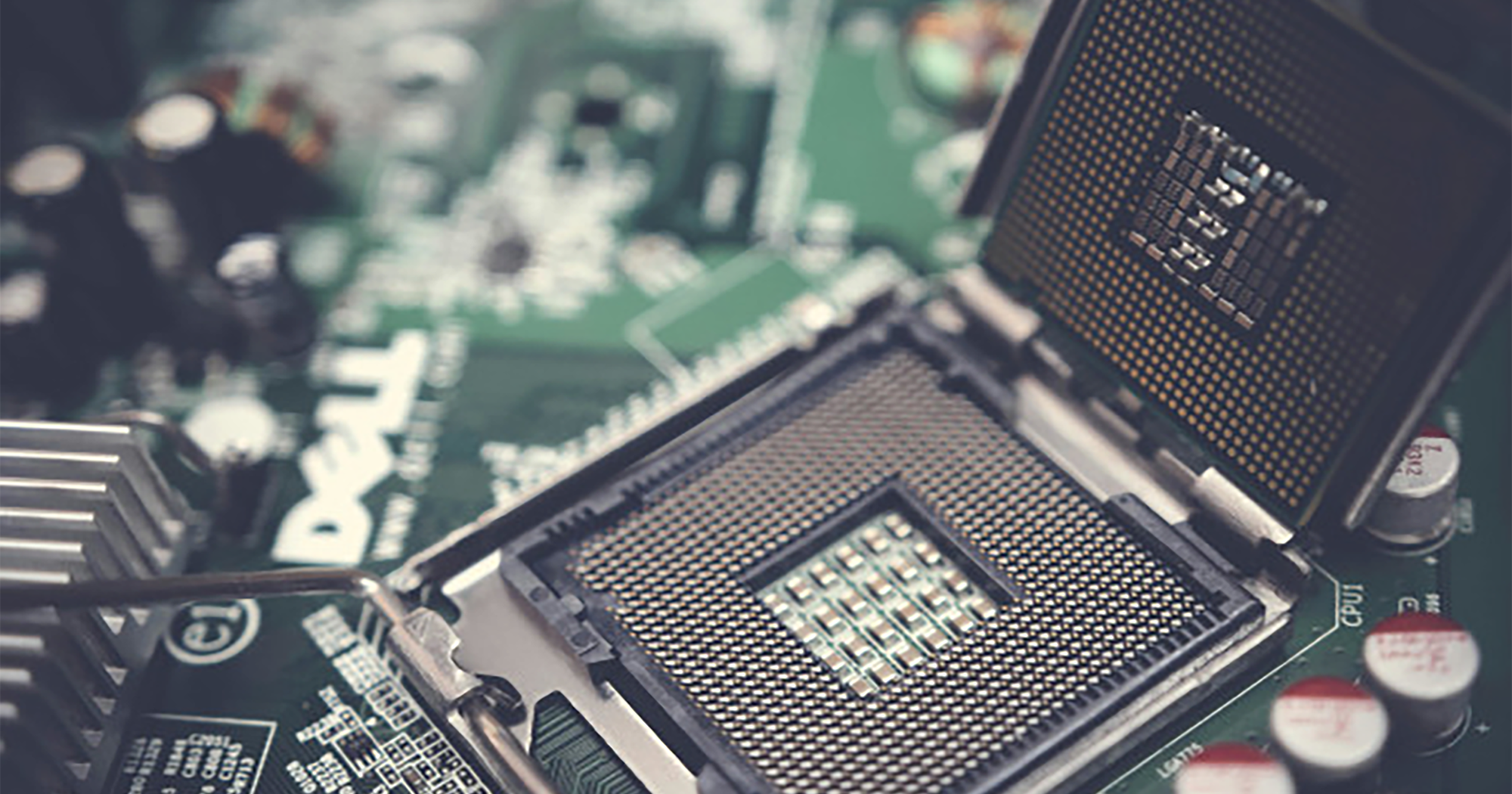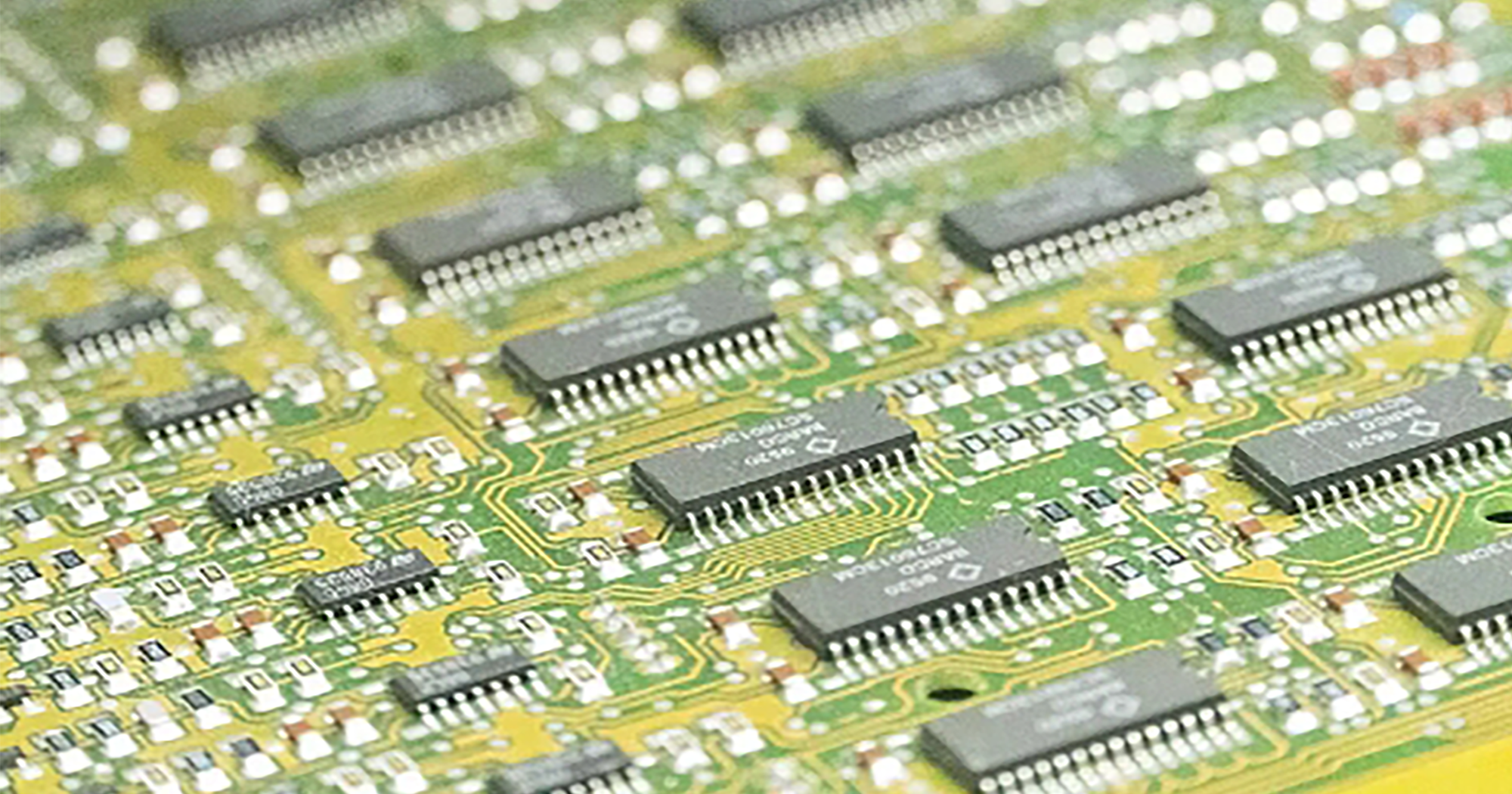Common Mode Chokes: Key Models, Applications, and Practical Selection Guide
In today’s high-frequency digital environments, electromagnetic interference (EMI) is a constant challenge, and achieving noise suppression is critical for system stability and regulatory compliance. Common mode chokes (CMC) are essential components designed to reduce EMI in various circuits, safeguarding sensitive devices and ensuring signal integrity. This article provides insights into prominent CMC models, practical applications, and considerations for selecting the right part for your specific needs.

What Are Common Mode Chokes?
A common mode choke is a passive electronic component designed to block high-frequency noise while allowing desired signals to pass. These components are primarily used to reduce electromagnetic interference on power and signal lines in applications like automotive electronics, industrial equipment, and consumer electronics. Composed of a pair of coils wound on a ferrite core, common mode chokes filter out noise by opposing the common-mode signals while allowing differential-mode currents to flow unimpeded.
Key Models of Common Mode Chokes and Their Characteristics
1. Manufacturer-Specific Series and Models
Leading manufacturers such as TDK, Murata, and Vishay offer a range of common mode chokes, each tailored to specific applications and environmental needs. Models like the TDK ACT45B series and Murata DLW43MH series are widely used in automotive and industrial sectors due to their compact size, high impedance, and robust filtering capabilities.
TDK ACT45B Series: Excellent noise suppression in automotive applications, this series supports high-temperature endurance, crucial for automotive environments.
Murata DLW43MH Series: This series is effective in suppressing common-mode noise on signal lines, especially for high-speed digital circuits.
2. Parts Categorization by Specifications
CMCs are categorized by their impedance range, rated current, and maximum working voltage. Engineers often choose models based on the desired impedance and current capacity to match system requirements without overheating or saturation issues.
High-Current Chokes: High-current CMCs, such as the Vishay ICM-2823 series, are suitable for power supply filtering where higher currents and voltages are present. These chokes can handle currents up to several amps without significant core saturation, which is essential for reliable performance in power-dense applications.
3. Standard Package Types and Case Sizes
Common mode chokes are available in different packages such as SMD (Surface Mount Device) and through-hole types. SMD models, like the Würth Elektronik WE-CMB series, are compact and easily integrate into high-density PCBs, making them ideal for consumer electronics. Through-hole models, on the other hand, offer more robust construction and are preferred in industrial settings where mechanical durability is prioritized.
Applications of Common Mode Chokes
1. Automotive Applications
Modern vehicles, with advanced electronic systems and in-car connectivity, generate considerable EMI. Common mode chokes play a crucial role in automotive electronics, especially in CAN bus systems and DC-DC converters. CMCs help in noise suppression, ensuring stable communication between electronic control units (ECUs).
Models like the Bourns SRF0703 series are designed specifically for automotive EMI suppression, featuring low DC resistance to minimize power losses and optimize efficiency.
2. Industrial Equipment
Industrial environments are prone to electromagnetic interference due to high-power machinery and variable frequency drives (VFDs). Common mode chokes in industrial settings are often selected for high-temperature endurance, high impedance, and large current handling capacities. The EPCOS B82789C1 series, for example, is tailored for power applications in industrial automation, providing strong common-mode noise suppression for power and signal lines.
3. Consumer Electronics and IoT Devices
As consumer electronics and IoT devices become more compact, the need for effective noise suppression without adding bulk is crucial. Common mode chokes in these devices, such as the TDK ACM series, are designed for compact form factors and optimized for data transmission lines in USB, HDMI, and Ethernet interfaces.
The TDK ACM2012-900-2P model, with its high impedance and compact SMD package, is widely used in smartphones, tablets, and other consumer electronics where space is at a premium but EMI suppression is critical.
Selecting the Right Common Mode Choke
1. Consider the Impedance and Frequency Requirements
The impedance of a common mode choke must match the frequency range of the noise it needs to suppress. Higher impedance values effectively filter out more noise, but choosing an impedance too high can impact signal integrity. Engineers should evaluate the noise frequency and select a choke with appropriate impedance at that frequency range.
For high-frequency noise suppression, the Murata DLW21SN series offers a high impedance in a small footprint, ideal for high-density PCBs in communication devices.
2. Rated Current and Voltage Ratings
Ensuring the CMC's rated current and voltage align with application requirements is crucial. Exceeding the rated current can cause overheating and potential failure. For low-current applications, small SMD chokes are effective, while high-current applications demand models with larger core sizes and higher thermal endurance.
Laird CM01 series, with its high saturation current capability, is well-suited for power circuits and provides stable performance under high current loads.
3. Environmental Considerations
For automotive or industrial applications exposed to high temperatures or humidity, choosing a choke with appropriate environmental ratings is essential. Many automotive-grade chokes are rated for temperatures up to 150°C, making them suitable for engine compartments and other high-heat areas.
Packaging and Case Size Considerations
The packaging of common mode chokes plays a significant role in their application suitability. SMD types are increasingly popular due to ease of assembly and compactness, while through-hole types are used where physical durability is paramount. Common sizes like 0603, 0805, and 1206 are preferred for SMD applications, offering balance between size and performance.
SMD Packages: Preferred in high-density boards, SMD packages minimize space consumption and reduce overall assembly time. For example, TDK ACM2012-900-2P in an 0805 package offers a blend of compactness and effective noise suppression for consumer electronics.
Through-Hole Packages: These are beneficial in applications requiring higher mechanical strength, such as industrial or automotive systems, where components may face significant mechanical stress.
Conclusion
Common mode chokes are indispensable components in today’s electronics, providing a reliable solution to EMI challenges across various applications. By selecting the appropriate model, impedance, current rating, and package type, engineers and procurement professionals can ensure optimal performance, compliance, and longevity of their electronic systems. With a vast range of models tailored to automotive, industrial, and consumer electronics, understanding the unique characteristics of common mode chokes simplifies the selection process, empowering you to choose the best fit for your specific application needs.
For more information or to request a quote, please feel free to send us an RFQ.




